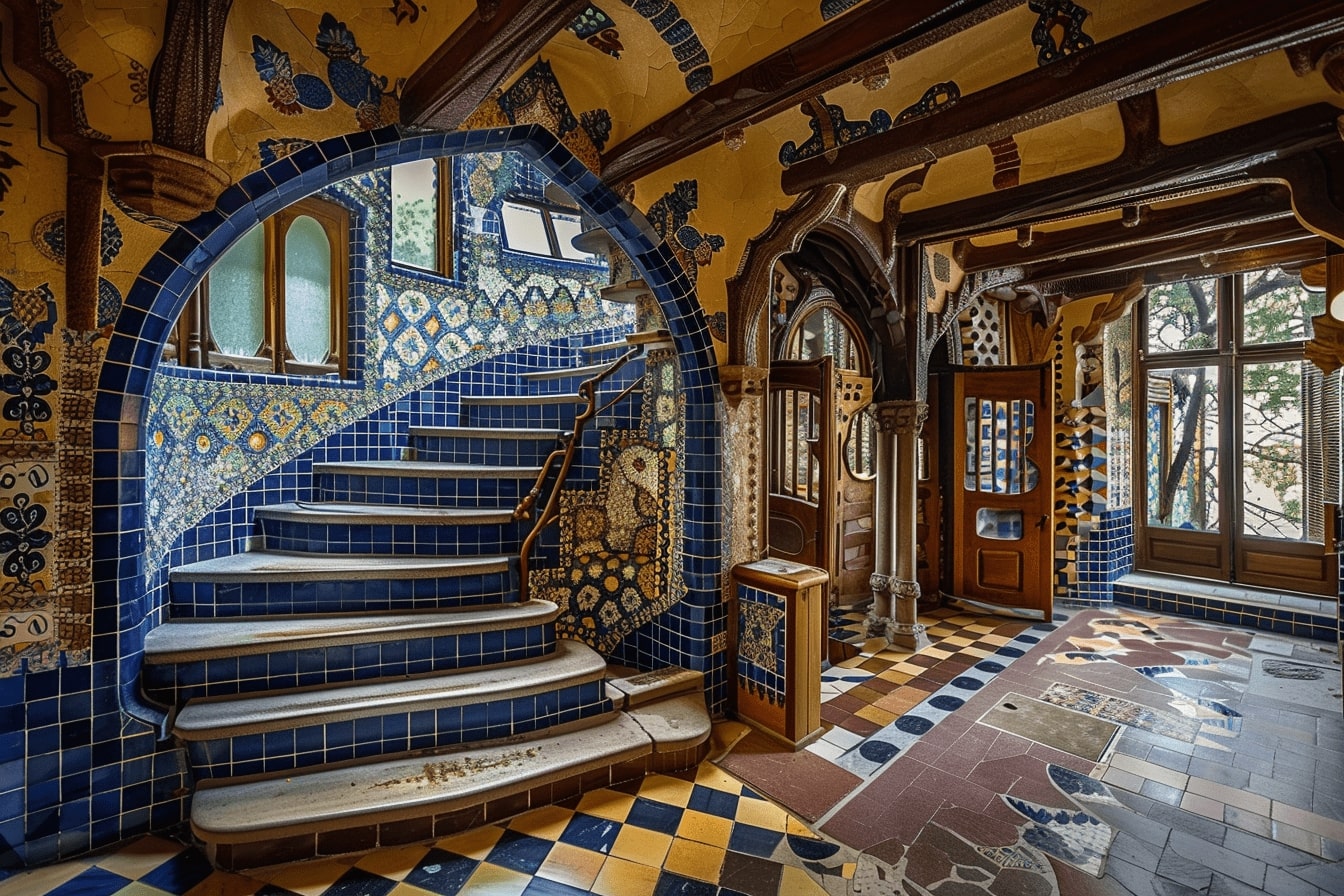- Home
- Articles
- Architectural Portfolio
- Architectral Presentation
- Inspirational Stories
- Architecture News
- Visualization
- BIM Industry
- Facade Design
- Parametric Design
- Career
- Landscape Architecture
- Construction
- Artificial Intelligence
- Sketching
- Design Softwares
- Diagrams
- Writing
- Architectural Tips
- Sustainability
- Courses
- Concept
- Technology
- History & Heritage
- Future of Architecture
- Guides & How-To
- Art & Culture
- Projects
- Interior Design
- Competitions
- Jobs
- Store
- Tools
- More
- Home
- Articles
- Architectural Portfolio
- Architectral Presentation
- Inspirational Stories
- Architecture News
- Visualization
- BIM Industry
- Facade Design
- Parametric Design
- Career
- Landscape Architecture
- Construction
- Artificial Intelligence
- Sketching
- Design Softwares
- Diagrams
- Writing
- Architectural Tips
- Sustainability
- Courses
- Concept
- Technology
- History & Heritage
- Future of Architecture
- Guides & How-To
- Art & Culture
- Projects
- Interior Design
- Competitions
- Jobs
- Store
- Tools
- More
The Intersection of Architecture and Software Development in Image Recognition – A Harmonious Blend

Welcome to the exciting world where architecture converges with the forefront of software development in image recognition. The two disciplines are further bonding to give way to innovations that actually change how we relate to our space and our technology. To better understand this exciting merger, let’s take a closer look at how image recognition software development services and AI consulting companies are bridging the physical and digital worlds.
Table of Contents
ToggleThe Foundation: Understanding Image Recognition
Image recognition technology involves algorithms that help identify objects, places, texts, and even people within pictures. Powered by AI and machine learning, this technology has exponentially increased its capabilities and applications, thanks to the development of image recognition software development services and artificial intelligence consulting companies.
The statistics say it is all about the rapid growth and the adoption of image recognition technology. Markets and Markets forecast that the global image recognition market size will grow from USD 26.2 billion in 2020 to USD 53.0 billion by 2025 at a Compound Annual Growth Rate of 15.1 percent during the forecast period. This growth is fueled by increasing demand for AI and machine learning technologies.

Architectural Visions Enhanced by Image Recognition
Within the field of architecture, the use of image recognition offers access to a whole world of opportunities, from its conception to realization up to the after-management stage of construction. Nowadays, firms of architects are thoroughly using software on image recognition, developed by specially provided services, to a level at which it is supposed that integration of developed sophisticated tools makes the process accessible and indeed enriches the designing and building it is meant to help.
Improving Design with Precision and Creativity
In the case of image recognition, the intersection of the two fields, architecture, and software development, allows architects to experiment with their design in ways that were not possible in the past. Through such software, architects can look at billions of images of structures, patterns, and materials from around the world for inspiration and ideas that will find their way into the project. It serves to expand creativity and ensure that innovation is hand in hand with function.
Streamlining Construction through Automated Monitoring
Image recognition technology can also foster automated monitoring during the construction phase. With cameras on-site, the software can constantly review real-time images taken to track progress against architectural plans and notice any discrepancies or possible problems before they develop into full-blown issues. Automation at this level saves time and money while ensuring quality and safety at very high levels.
Pioneering Contributions: Software Development Services and AI Consulting
Behind the seamless integration of image recognition in architecture lies the pivotal role of image recognition software development services and an artificial intelligence consulting company. These entities are the catalysts, turning theoretical possibilities into practical solutions that architects can readily use.
The Role of Image Recognition Software Development Services
Such services are created to create customized software solutions for architects. In building image recognition software, advanced algorithms and AI models are implemented to achieve high accuracy and perform well under most scenarios and conditions—changing light levels or angles.

Insights from Artificial Intelligence Consulting Companies
AI consulting firms have rich experiences in designing and implementing AI strategies that include image recognition. This brings an extended view to the architecture firm, which has been very important in showing the architecture firm how it can apply some aspects of AI to the workflow. It aids in optimizing the use of image recognition technology and keeps the architecture firm ahead of technological advancements and trends.
Diverse Perspectives: A Harmonious Fusion
The synthesis of architecture and software development in image perception facilitates the mutual interchange of ideas and views, enhancing both. In other words, software developers can learn about the problems and requirements posed in unique architectural projects, tailoring solutions more effectively. On the other hand, architects have access to cutting-edge technologies that push the boundaries regarding what can be achieved in design and construction.
Case Studies: Real-World Applications
Several real-world applications demonstrate the successful integration of image recognition in architecture. For example, architects have applied image recognition software to make out styles and elements of historical buildings, thus restoring heritage sites with accuracy and respect for the original designs previously unattainable. Another application is construction companies using drones equipped with image recognition capabilities to monitor progress and compliance with environmental regulations.
Embracing Change: The Future of Architecture and Image Recognition
As we look forward, the intersection of architecture and software development, illuminated by image recognition, presents a landscape brimming with potential. Beyond the current applications, future advancements could see even more sophisticated integration, such as augmented reality (AR) visualizations for clients, predictive maintenance of buildings through continuous image monitoring, and enhanced customization of designs to match clients’ preferences identified through image analysis.

The Path Forward
It becomes an unprecedented testament to interdisciplinary collaboration when architectural and software development elements can harmonize within image recognition. In embracing these technologies, architects, and builders have the potential to do a good deal more than add efficiency and creativity to their projects; they can pave the way forward for innovations that will change the nature of our physical and digital spaces. The contributions that image recognition software development services and artificial intelligence consulting firms have made will, therefore, be critical in the exciting frontier, which holds out hopes for the future of architecture and much more.
The crossroads of architecture and software development cast new light on image recognition. This only shows that as we move forward, marriage between these two fields will not stop showing us new ways ahead, ways that will sustain innovation and creativity in ways we have never thought imaginable. What remains is our part of embracing this journey and exploring and contributing to the emerging narrative of our built and digital environments.
illustrarch is your daily dose of architecture. Leading community designed for all lovers of illustration and #drawing.
Submit your architectural projects
Follow these steps for submission your project. Submission FormLatest Posts
Dependable Service for Everyday Appliance Problems
When a washer stalls mid-cycle or a fridge warms up, you need...
8 Essential Web-Based Mapping Tools for Modeling Sea Level Rise and Flood Impacts
As climate change accelerates, flood risk and sea level rise have become...
How Sydney’s Architecture Responds to Climate, Light, and Lifestyle
Sydney’s architecture has never been driven by form alone. It evolves through...
Shipping Containers as Functional Infrastructure on Construction Sites
Construction sites are temporary by definition, yet the systems that support them...












Leave a comment